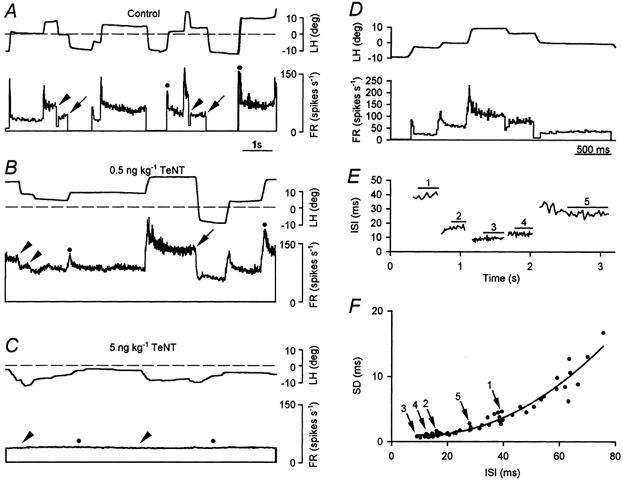Figure 1. Firing characteristics of abducens motoneurones in control and after TeNT.

A, control abducens motoneurones discharged tonically (FR, in spikes s−1) in relation to eye position (LH, left horizontal eye position, in deg) during spontaneous fixations. Bursts of action potentials were present during saccades in the on-direction (•) and transient pauses (arrowheads) or long pauses (arrows) occurred during off-directed saccades. The dashed line indicates the mid-position of the eye. Upward deflections represent eye movements to the left. B, example of a motoneurone recorded 7 days after a low dose of TeNT, showing an overall increase in firing rate, reduced pauses for off-directed saccades (arrowheads), and the absence of silenced firing during large off-directed saccades (arrows). C, discharge of a motoneurone recorded 7 days after a high dose of TeNT showing a complete absence of modulation for both on- (•) and off- (arrowheads) directed eye movements. D, firing rate of a control motoneurone recorded in the left abducens nucleus in relation to the left horizontal eye position during 5 spontaneous fixations. E, interspike intervals (ISI, ms), after clipping out saccadic discharges for clarity, from the firing shown in D. Horizontal lines indicate the epochs used for calculation of ISI statistics. F, relation between the standard deviation (s.d.) and the mean ISI for the motoneurone in D and E. Arrows point to the data indicated by numbers in E. The curved line represents the equation of the polynomial quadratic y = 1.453 - 0.077x + 0.003x2 obtained by non-linear regression that best adjusted the data (r = 0.97; P < 0.001).
